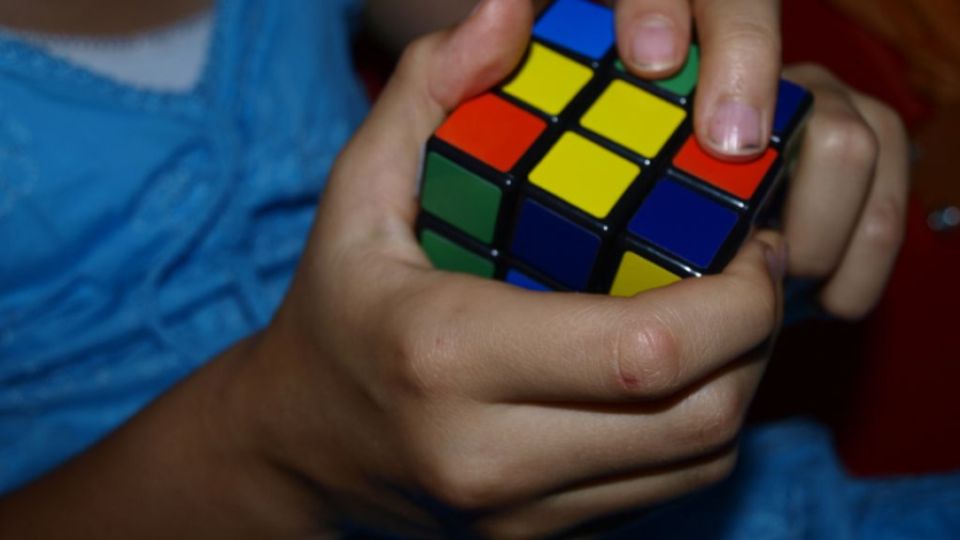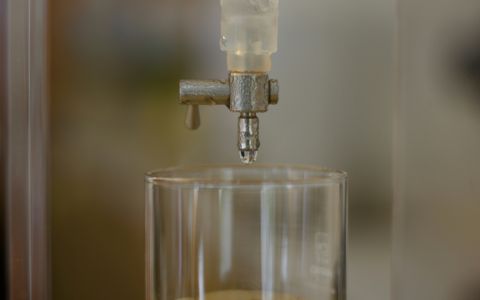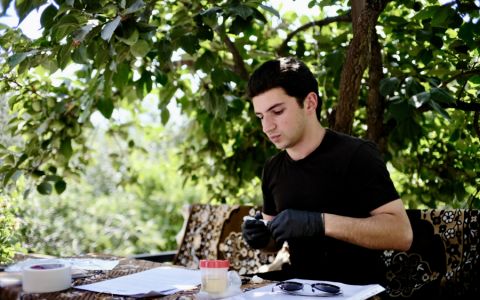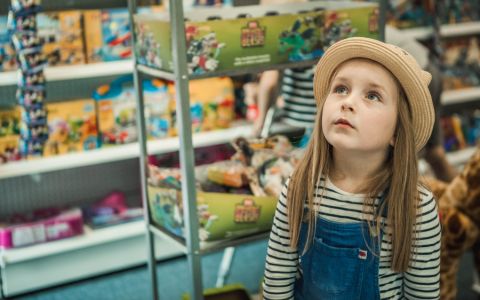Hormone-disrupting substances can be found in products for children. Despite relatively strict legislation, dolls, toy cars, or building sets can still contain harmful chemicals.
The list is long: new flame retardants, some bisphenols, PFAS "forever chemicals," still-unregulated phthalates, and biocides. For example, toys, hair products and kitchen utensils collected from 37 countries in Europe, Africa and Asia between 2018 and 2021 and analyzed by Arnika, contained the substance TBBPA (tetrabromobisphenol A), which was found in relatively high concentrations in products purchased on the EU market. This chemical can cause adverse health effects at very low concentrations, contributing to cancer and endocrine disruption. Although some of the toxic flame retardants have already been banned in toys, new ones are being found in plastic products as a result of substitution with similarly toxic alternatives.
Concentrations found in products from the Czech Republic, Austria, Germany, Spain, France or Portugal were among the highest in Europe. “TBBPA, a substitute to already banned PBDEs - persistent brominated flame retardants banned globally by the Stockholm Convention -, is an endocrine disruptor and potential carcinogen. Previous studies have also confirmed their biological activity, specifically blocking thyroid hormone transport. Worryingly, some of the highest levels of TBBPA have been found in toy samples. Children under the age of five and pregnant women are particularly sensitive to endocrine disrupters," explains Jindřich Petrlík, head of Arnika's toxic substances and waste programme.
How does TBBPA get into products? It occurs unintentionally as a contaminant, mostly from recycled e-waste plastic material, which is obviously used, among other things, in cheap toys and consumer products from unknown brands as well as toys given out for free as gifts in magazines or supermarkets. “Parents can reduce exposure by purchasing toys made from natural materials or from verified European companies that often go beyond current legislation and avoid using entire groups of substances classified as substances of very high concern. However, the best solution for the EU market is to completely ban entire groups of toxic substances such as endocrine disruptors in toys in the future,” added Karolína Brabcová, head of Arnika's projects focusing on the safety of consumer products.
Ban One, Another Appears
Other dangerous substances, which should have no place in products for children, are bisphenols. These are also proven to disrupt children's hormonal systems, and scientific studies have repeatedly demonstrated also health effects such as reduced IQ, cognitive impairment, or obesity.
The bisphenol group includes about 50 structurally similar substances. So far, only bisphenols classified as CMRs (carcinogenic, mutagenic or reprotoxic) are banned in toys, while those that disrupt the endocrine system are still allowed. Just before the end of the year, the EU Commission agreed on banning BPA and other hormone-disrupting bisphenols from food packaging and materials coming in contact with food.
The EU is now working to amend the Toy Safety Regulation by proposing a ban on the whole group of endocrine disrupters (EDCs) to prevent one harmful substance from being replaced by a similarly toxic substitute. It is necessary to ban the whole group of bisphenols at once because industry often switches to another structurally similar and equally harmful substance - for example, in thermal receipt paper, bisphenol A has been replaced by bisphenol S or bisphenol F. In this context, removing all the most harmful chemicals from toys is a key priority.
The member states' position will play an important role in this legislative process, which is planned to be finalized in the first half of 2025.
If you want to find out about potential sources of endocrine disrupting chemicals in your home, fill-in our web-based CheckED app and find out if your lifestyle and household items and goods may be emitting toxic substances and how you can prevent your exposure to to harmful chemicals at home.

The article was written with the financial support of the EU LIFE programme (LIFE21-GIE-DE-LIFEChemBee/101074245). However, the views and opinions expressed are those of the Life ChemBee project alone and do not necessarily reflect those of the European Union or the LIFE Programme. Neither the European Union nor the granting authorities can be held responsible for them.







